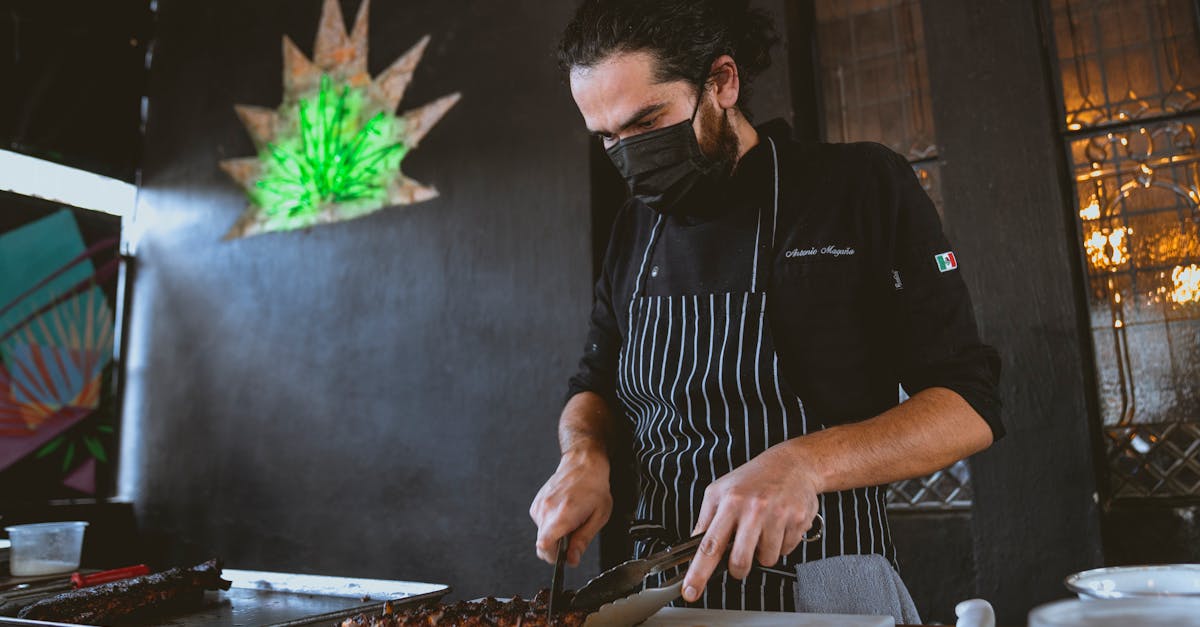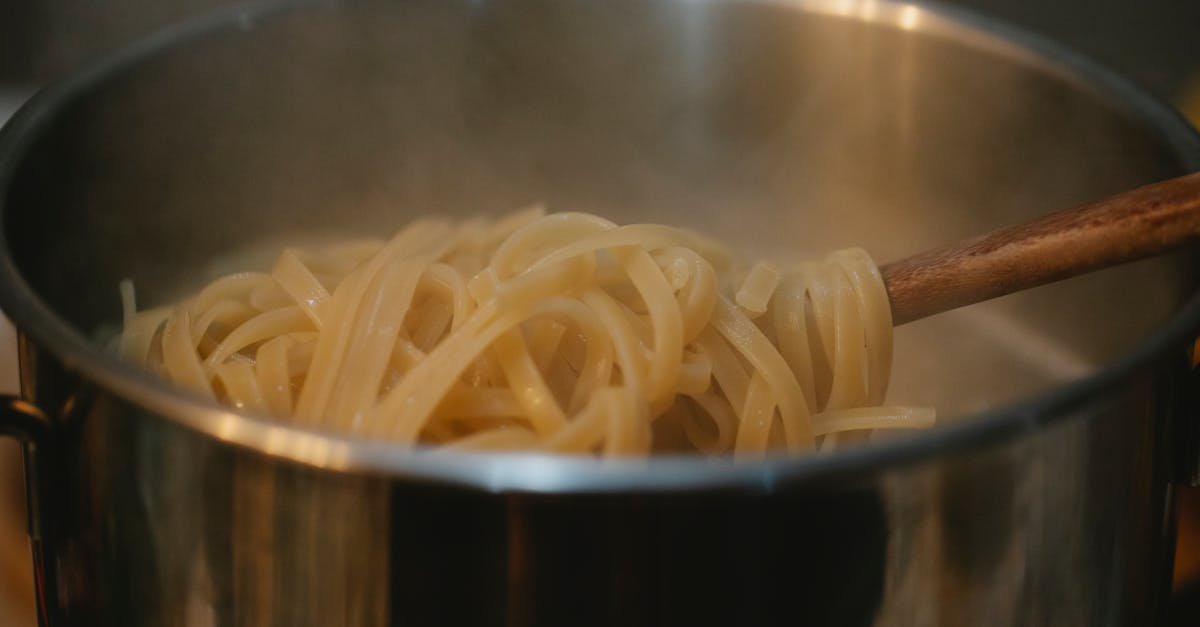Non-stick cookware has become a staple in many kitchens, offering convenience and ease of use. However, recent debates have emerged regarding its safety and potential health risks. This article aims to explore whether non-stick cookware is harmful to health, providing you with critical insights and facts.
| Fact | Details |
|---|---|
| 1. Chemical Composition | Non-stick coatings often contain polytetrafluoroethylene (PTFE) and perfluorooctanoic acid (PFOA). |
| 2. Potential Health Risks | Exposure to high temperatures can release harmful fumes. |
| 3. Environmental Concerns | PFOA has been linked to environmental contamination. |
| 4. Alternatives Available | There are safer non-stick options such as ceramic cookware. |
| 5. Usage Guidelines | Proper care can minimize risks associated with non-stick cookware. |
| 6. Regulatory Oversight | Government agencies have guidelines for safe cookware manufacturing. |
| 7. Consumer Awareness | Educating consumers about cookware safety is crucial. |
Chemical Composition
Most non-stick cookware features a coating made from polytetrafluoroethylene (PTFE), commonly known by the brand name Teflon. While PTFE itself is considered safe at normal cooking temperatures, concerns arise with the use of perfluorooctanoic acid (PFOA) during the manufacturing process. PFOA has been linked to various health issues, including cancer and thyroid disorders, prompting many manufacturers to phase it out of production. Understanding the chemical composition of non-stick cookware is essential for making informed choices about kitchen products.

Potential Health Risks
When non-stick cookware is overheated, especially above 500°F (260°C), it can release toxic fumes that may cause flu-like symptoms known as “Teflon flu” in humans and can be fatal to birds. These fumes can be particularly concerning for those with pre-existing respiratory conditions. Therefore, using non-stick pans at high temperatures or for extended periods poses a potential health risk that consumers should be aware of.

Environmental Concerns
PFOA is not only a health concern but also an environmental one. It has been found to contaminate water sources and persist in the environment for long periods. The widespread use of PFOA has led to significant ecological damage, prompting regulatory bodies to take action. Understanding the environmental impact of cookware helps consumers make choices that align with their values regarding sustainability and health.

Alternatives Available
For those who are concerned about the health risks associated with traditional non-stick cookware, alternatives such as ceramic, cast iron, and stainless steel are available. Ceramic cookware provides a non-toxic non-stick surface without the use of harmful chemicals. Cast iron, while requiring more maintenance, offers excellent heat retention and is naturally non-stick when properly seasoned. Exploring these alternatives can help mitigate health risks while still enjoying the convenience of non-stick cooking.

Usage Guidelines
To minimize risks associated with non-stick cookware, it’s essential to follow proper usage guidelines. This includes avoiding high heat, using wooden or silicone utensils to prevent scratching the surface, and ensuring adequate ventilation while cooking. Regularly inspecting cookware for scratches or damage can also help maintain safety. By adhering to these guidelines, consumers can enjoy the benefits of non-stick cookware while reducing potential health risks.

Regulatory Oversight
Government agencies, such as the Environmental Protection Agency (EPA) and the Food and Drug Administration (FDA), have established guidelines for the safety of cookware materials. The phase-out of PFOA in non-stick coatings is a result of increased scrutiny and regulatory action. Consumers should stay informed about these regulations to make educated choices about their cookware and ensure they are using products that meet safety standards.

Consumer Awareness
Educating consumers about the potential risks associated with non-stick cookware is crucial. Many individuals may not be aware of the dangers posed by overheating non-stick pans or the environmental impact of certain materials. By raising awareness through articles, social media, and community workshops, consumers can make informed decisions that promote their health and the health of the environment.

FAQ
Is non-stick cookware safe to use?
Non-stick cookware is generally safe for everyday cooking when used properly. Avoid overheating and ensure that your cookware is free from scratches or damage to minimize health risks.
What temperatures are considered safe for non-stick cookware?
Non-stick cookware should not be heated above 500°F (260°C). Cooking at lower temperatures helps prevent the release of harmful fumes.
Are there non-toxic alternatives to non-stick cookware?
Yes, alternatives such as ceramic, stainless steel, and cast iron cookware are available. These options provide safer cooking surfaces without the risks associated with traditional non-stick coatings.
What should I do if my non-stick cookware is scratched?
If your non-stick cookware is scratched, it is advisable to replace it. Scratches can lead to the release of harmful particles into your food.
How can I ensure my cookware is safe?
Check for certifications from regulatory agencies, follow usage guidelines, and stay informed about the materials used in your cookware to ensure safety.
References:
– [Environmental Protection Agency](https://www.epa.gov)
– [Food and Drug Administration](https://www.fda.gov)
– [National Institutes of Health](https://www.nih.gov)

